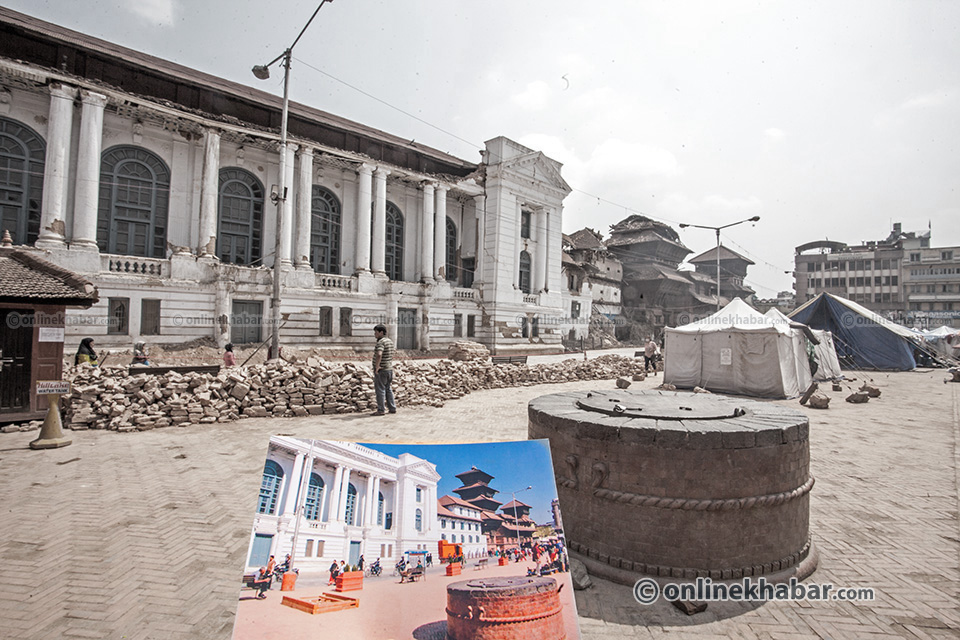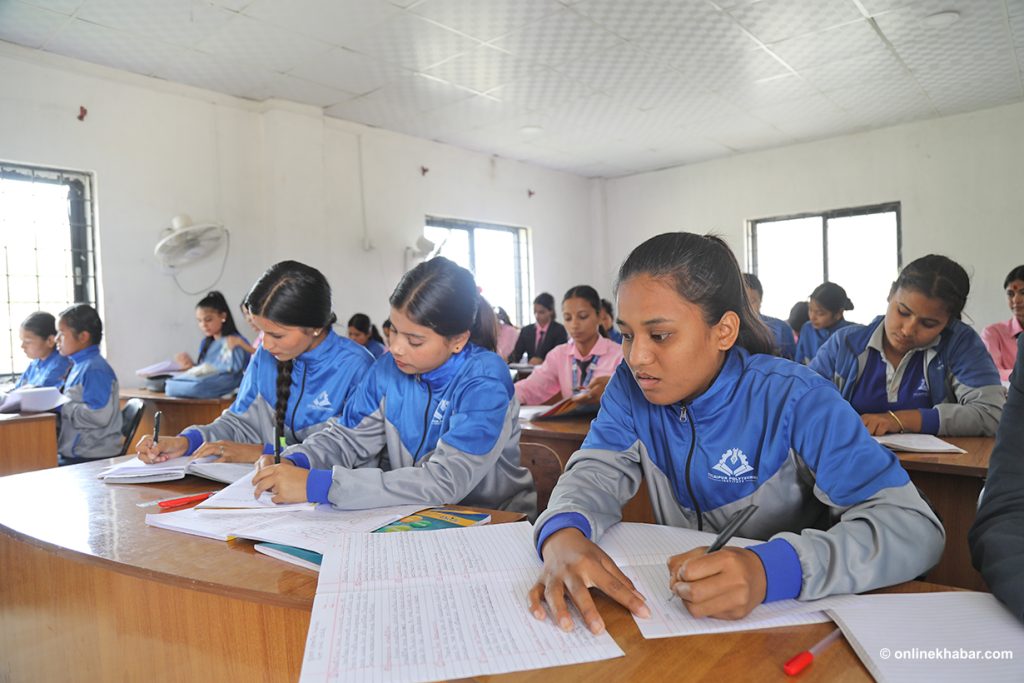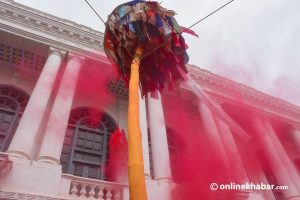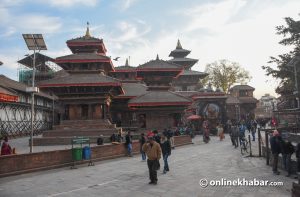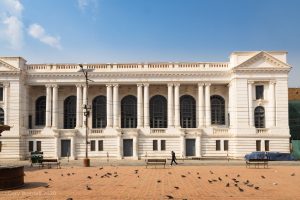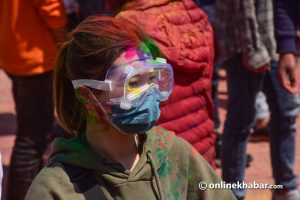Kathmandu, December 20
A UNESCO-supported project, aimed to create an inventory documenting objects recovered from Hanumandhoka Durbar Square, which witnessed significant destruction in the 2015 earthquakes, has seen completion.
The square, a site located at the heart of the rich cultural heritage of Nepal, suffered the total collapse of 10 structures in the earthquakes, and significant damage to many others, UNESCO said in a press release. During the rescue operation and subsequent clearing of the sites, the building elements and objects recovered from the square were placed across 23 locations in an assortment of mixed sites.
The task of salvaging, sorting and cataloguing the items, which ranged from screening a variety of objects including decorative and large wooden members to smaller pieces and stone idols, was immense. More than 1,565 artefacts, including three copper inscriptions, five stone idols, and other carved wooden members such as doors and windows were re-assembled where possible. Pillars (thaam), struts, brackets (meth), joist heads (dhalinkhwas), cornices (jhalar) and icons were recovered, with the majority deemed reusable in their original locations.
At a glance
- The project covered eight of the totally collapsed monuments, and two of the damaged structures
- More than 1,565 artefacts were re-assembled where possible
- The sites contained vast mixtures of objects in various conditions
The sites contained vast mixtures of objects in various conditions, and a team of experts under Professor Mukunda Raj Aryal and Sukra Sagar Shrestha worked extensively to create a clear inventory of the monuments. The project covered eight of the totally collapsed monuments, and two of the damaged structures.
Work on the project began after an agreement in November 2015 between stakeholders, including the Department of Archaeology, Hanumandhoka Durbar Museum Development Committee, ICOMOS Nepal and UNESCO. UNESCO entrusted ICOMOS Nepal for the coordination of engaging master carpenters and skilled craftspeople, as well as museum staff, volunteers and labourers. The project received significant funding from the Fok Ying Tung Foundation in Hong Kong, as well as funding from the Japanese Government.
Christian Manhart, UNESCO Representative to Nepal, stated: “We are pleased to have successfully completed the inventory of wooden architectural elements from Hanumandhoka, and supported the Department of Archaeology’s efforts to recover, safeguard and document those objects. This inventory of the debris from the monuments, and the ability to reuse these original materials will be of great benefit for the rebuilding phase”.



